Hello! I love all things space and love to post about it.
Don't wanna be here? Send us removal request.
Photo

The Rosette Nebula
Credit: Lyman Insley
Location: Mojave Desert, California
Dates: January 14 and 15, 2023
904 notes
·
View notes
Text
Continuing to act like there is a high risk of severe covid after vaccination only undermines the perception of vaccine effectiveness and ends up convincing vaccine skeptical people that the vaccine is useless! The CDC has said multiple times that vaccinated people can return to normal - do that, and encourage unvaccinated people to get their shot.

Here’s a not so friendly reminder:
Just because you have received the vaccine does NOT mean you can just do whatever you want now and stop wearing a mask and social distancing. The pandemic is still happening.
#popping back on here after literally years of hiatus lmfao#good bye again everyone#stay safe#get your shot!!!!!
46K notes
·
View notes
Photo




NASA and SpaceX launch astronauts Robert Behnken and Douglas Hurley to the International Space Station. [May 30th, 2020]
6K notes
·
View notes
Text
Want to Become an Astronaut? You Might Be More Qualified Than You Think
Have you ever wondered if you have what it takes to become a NASA Astronaut? We’re accepting applications starting March 2, and we’re encouraging all eligible Americans to apply by March 31!
It’s an incredible time in human spaceflight to be an astronaut. With Artemis, our sights are set on the Moon – to stay – by utilizing sustainable lunar missions, and you could be one of the humans on the surface! During their careers, this next class of astronauts may also fly on any of four different U.S. spacecraft: the International Space Station, Boeing’s CST-100 Starliner, SpaceX’s Crew Dragon and our Orion deep-space exploration vehicle; They will be at the cutting edge of a new era in human exploration.
So, still interesting in joining our ranks as an Artemis generation astronaut? Here are a few things to note.
Myths about becoming an astronaut:

MYTH: All astronauts have piloting experience.
FACT: You don’t need to be a pilot to be an astronaut. Flying experience is not a requirement, but could be beneficial to have.

MYTH: All astronauts have perfect vision.
FACT: It’s okay if you don’t have 20/20 vision. As of September 2007, corrective surgical procedures of the eye (PRK and LASIK), are now allowed, providing at least 1 year has passed since the date of the procedure with no permanent adverse after effects.

MYTH: All astronauts have advanced degrees like, a PhD.
FACT: While a Master’s degree from an accredited university is necessary, the requirement can also be met with the completion (or current enrollment that will result in completion by June 2021) of a nationally recognized test pilot school program.

MYTH: Astronauts are required to have military experience in order to be selected.
FACT: Military experience is not required to become an astronaut.

MYTH: You have to be a certain age in order to be an astronaut.
FACT: There are no age restrictions. Astronaut candidates selected in the past have ranged between the ages of 26 and 46, with the average age being 34.
Okay, but what are the requirements?

The basic requirements to apply include United States citizenship and a master’s degree in a STEM field, including engineering, biological science, physical science, computer science, or mathematics, from an accredited institution. The requirement for the master’s degree can also be met by:
Two years (36 semester hours or 54 quarter hours) of work toward a Ph.D. program in a related science, technology, engineering or math field;
A completed doctor of medicine or doctor of osteopathic medicine degree;
Completion (or current enrollment that will result in completion by June 2021) of a nationally recognized test pilot school program.
Candidates also must have at least two years of related, progressively responsible professional experience, or at least 1,000 hours of pilot-in-command time in jet aircraft. Astronaut candidates must pass the NASA long-duration spaceflight physical.

Applications for our next Artemis astronaut class open on March 2! Shoot for the stars and visit: https://www.nasa.gov/astronauts
Make sure to follow us on Tumblr for your regular dose of space: http://nasa.tumblr.com
2K notes
·
View notes
Photo

The Hubble Ultra-Deep Field is an image of a small region of space in the constellation Fornax, containing an estimated 10,000 galaxies.
Image credit: NASA/ESA/Hubble
10K notes
·
View notes
Photo




February 9, 2010 — Stunning views of the Space Shuttle Endeavour over Earth’s horizon as the orbiter was headed toward the ISS. (NASA)
524 notes
·
View notes
Photo

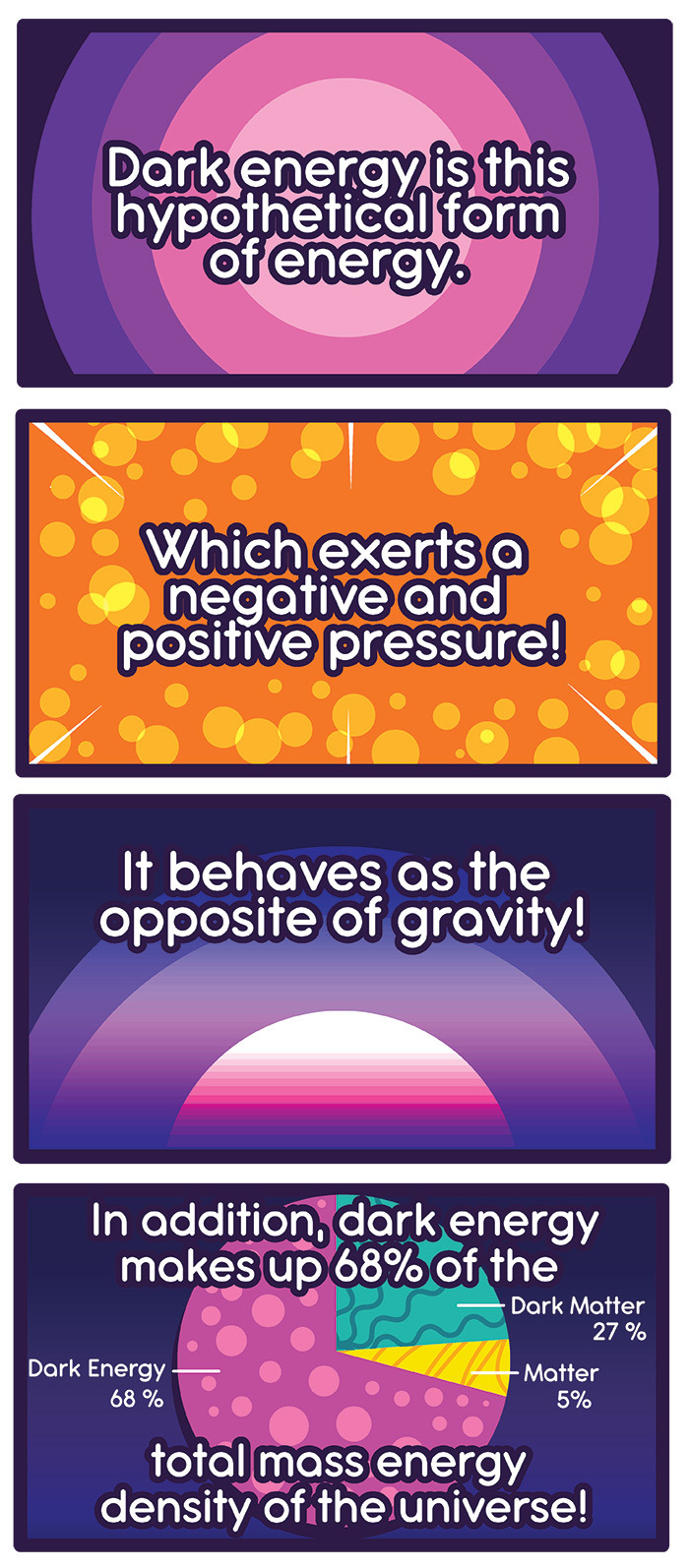
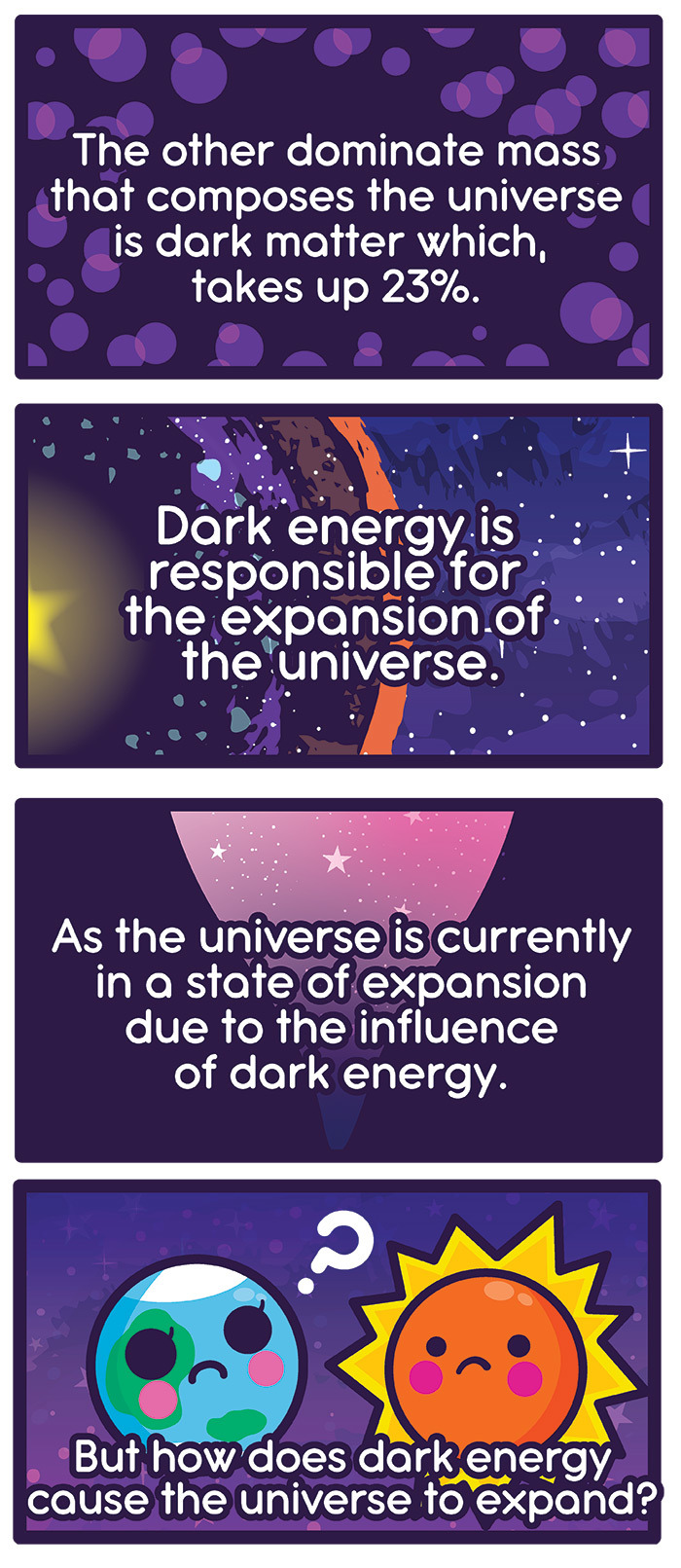
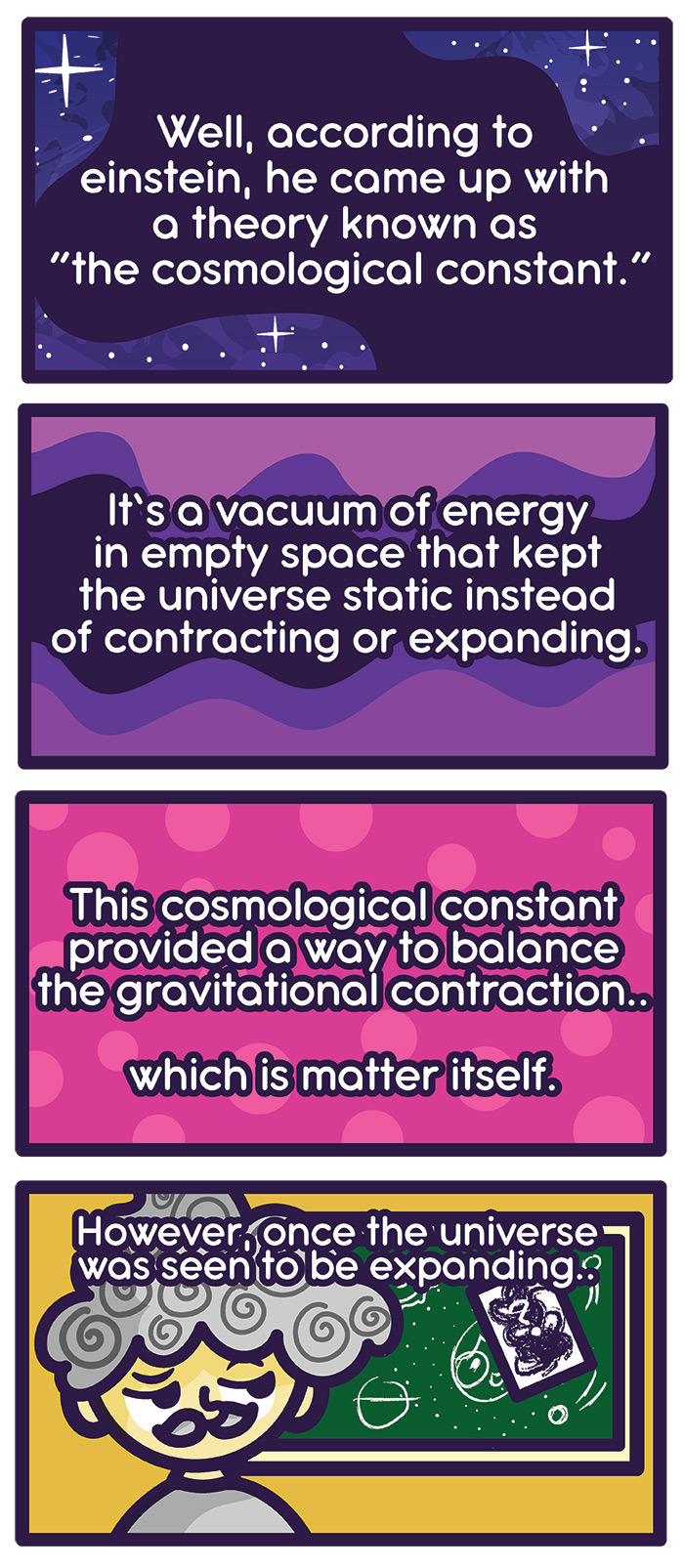





Starry Greetings!
Here is a comic about a very difficult topic: Dark Energy.
(Seriously this was many hours of mental head banging but i finally did it….)
Going to play pokemon sword and sheild now. I am so done with work for tonight!
https://science.nasa.gov/astrophysics/focus-areas/what-is-dark-energy
https://www.space.com/20929-dark-energy.html
https://www.livescience.com/what-is-dark-energy.html
1K notes
·
View notes
Text
Neutron Stars Are Even Weirder Than We Thought
Let’s face it, it’s hard for rapidly-spinning, crushed cores of dead stars NOT to be weird. But we’re only beginning to understand how truly bizarre these objects — called neutron stars — are.

Neutron stars are the collapsed remains of massive stars that exploded as supernovae. In each explosion, the outer layers of the star are ejected into their surroundings. At the same time, the core collapses, smooshing more than the mass of our Sun into a sphere about as big as the island of Manhattan.

Our Neutron star Interior Composition Explorer (NICER) telescope on the International Space Station is working to discover the nature of neutron stars by studying a specific type, called pulsars. Some recent results from NICER are showing that we might have to update how we think about pulsars!
Here are some things we think we know about neutron stars:
Pulsars are rapidly spinning neutron stars ✔︎
Pulsars get their name because they emit beams of light that we see as flashes. Those beams sweep in and out of our view as the star rotates, like the rays from a lighthouse.

Pulsars can spin ludicrously fast. The fastest known pulsar spins 43,000 times every minute. That’s as fast as blender blades! Our Sun is a bit of a slowpoke compared to that — it takes about a month to spin around once.
The beams come from the poles of their strong magnetic fields ✔︎
Pulsars also have magnetic fields, like the Earth and Sun. But like everything else with pulsars, theirs are super-strength. The magnetic field on a typical pulsar is billions to trillions of times stronger than Earth’s!

Near the magnetic poles, the pulsar’s powerful magnetic field rips charged particles from its surface. Some of these particles follow the magnetic field. They then return to strike the pulsar, heating the surface and causing some of the sweeping beams we see.
The beams come from two hot spots… ❌❓✔︎ 🤷🏽
Think of the Earth’s magnetic field — there are two poles, the North Pole and the South Pole. That’s standard for a magnetic field.
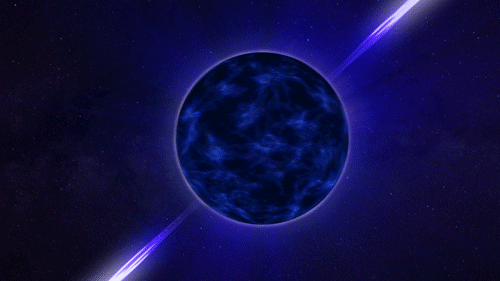
On a pulsar, the spinning magnetic field attracts charged particles to the two poles. That means there should be two hot spots, one at the pulsar’s north magnetic pole and the other at its south magnetic pole.
This is where things start to get weird. Two groups mapped a pulsar, known as J0030, using NICER data. One group found that there were two hot spots, as we might have expected. The other group, though, found that their model worked a little better with three (3!) hot spots. Not two.
… that are circular … ❌❓✔︎ 🤷🏽
The particles that cause the hot spots follow the magnetic field lines to the surface. This means they are concentrated at each of the magnetic poles. We expect the magnetic field to appear nearly the same in any direction when viewed from one of the poles. Such symmetry would produce circular hot spots.

In mapping J0030, one group found that one of the hot spots was circular, as expected. But the second spot may be a crescent. The second team found its three spots worked best as ovals.
… and lie directly across from each other on the pulsar ❌❓✔︎ 🤷🏽
Think back to Earth’s magnetic field again. The two poles are on opposite sides of the Earth from each other. When astronomers first modeled pulsar magnetic fields, they made them similar to Earth’s. That is, the magnetic poles would lie at opposite sides of the pulsar.

Since the hot spots happen where the magnetic poles cross the surface of the pulsar, we would expect the beams of light to come from opposite sides of the pulsar.

But, when those groups mapped J0030, they found another surprising characteristic of the spots. All of the hot spots appear in the southern half of the pulsar, whether there were two or three of them.

This also means that the pulsar’s magnetic field is more complicated than our initial models!
J0030 is the first pulsar where we’ve mapped details of the heated regions on its surface. Will others have similarly bizarre-looking hotspots? Will they bring even more surprises? We’ll have to stay tuned to NICER find out!
And check out the video below for more about how this measurement was done.
youtube
Make sure to follow us on Tumblr for your regular dose of space: http://nasa.tumblr.com.
4K notes
·
View notes
Photo



Happy Sunday everyone!
Here’s a comic on a ticking time bomb!
This week’s entry: “Betelgeuse”
http://www.space.com/22009-betelgeuse.html
4K notes
·
View notes
Text





education is the domestication of human beings
81K notes
·
View notes
Text
Rotation comparison of the planets.
Credit: twitter.com/physicsJ
2K notes
·
View notes
Photo



#could you imagine going up to her mom#in Jim Crow Alabama#and telling her that her daughter would go to space#isnt that amazing#I love the usa
5K notes
·
View notes
Text
The Science Goals of the James Webb Space Telescope
Our James Webb Space Telescope is an epic mission that will give us a window into the early universe, allowing us to see the time period during which the first stars and galaxies formed. Webb will not only change what we know, but also how we think about the night sky and our place in the cosmos. Want to learn more? Join two of our scientists as they talk about what the James Webb Telescope is, why it is being built and what it will help us learn about the universe…
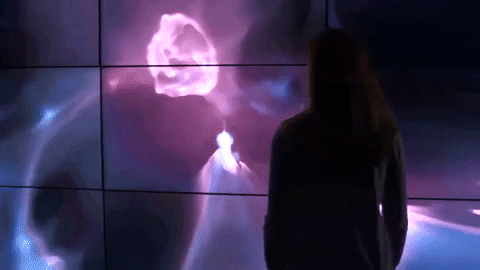
First, meet Dr. Amber Straughn. She grew up in a small farming town in Arkansas, where her fascination with astronomy began under beautifully dark, rural skies. After finishing a PhD in Physics, she came to NASA Goddard to study galaxies using data from our Hubble Space Telescope. In addition to research, Amber’s role with the Webb project’s science team involves working with Communications and Outreach activities. She is looking forward to using data from Webb in her research on galaxy formation and evolution.
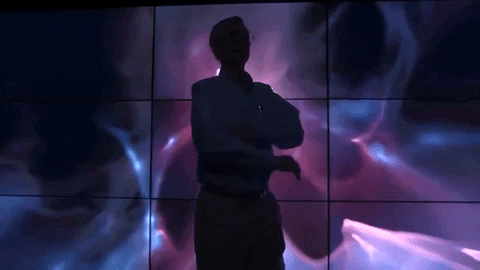
We also talked with Dr. John Mather, the Senior Project Scientist for Webb, who leads our science team. He won a Nobel Prize in 2006 for confirming the Big Bang theory with extreme precision via a mission called the Cosmic Background Explorer (COBE) mission. John was the Principal Investigator (PI) of the Far IR Absolute Spectrophotometer (FIRAS) instrument on COBE. He’s an expert on cosmology, and infrared astronomy and instrumentation.
Now, let’s get to the science of Webb!
Dr. Amber Straughn: The James Webb Space Telescope at its core is designed to answer some of the biggest questions we have in astronomy today. And these are questions that go beyond just being science questions; they are questions that really get to the heart of who we are as human beings; questions like where do we come from? How did we get here? And, of course, the big one – are we alone?
To answer the biggest questions in astronomy today we really need a very big telescope. And the James Webb Space Telescope is the biggest telescope we’ve ever attempted to send into space. It sets us up with some really big engineering challenges.

Dr. John Mather: One of the wonderful challenges about astronomy is that we have to imagine something so we can go look for it. But nature has a way of being even more creative than we are, so we have always been surprised by what we see in the sky. That’s why building a telescope has always been interesting. Every time we build a better one, we see something we never imagined was out there. That’s been going on for centuries. This is the next step in that great series, of bigger and better and more powerful telescopes that surely will surprise us in some way that I can’t tell you.
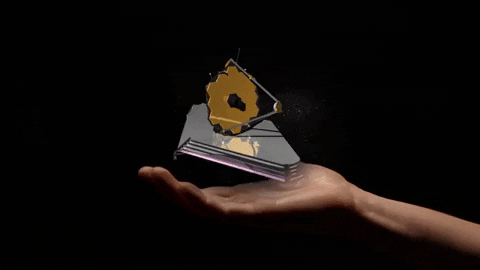
It has never been done before, building a big telescope that will unfold in space. We knew we needed something that was bigger than the rocket to achieve the scientific discoveries that we wanted to make. We had to invent a new way to make the mirrors, a way to focus it out in outer space, several new kinds of infrared detectors, and we had to invent the big unfolding umbrella we call the sunshield.

Amber: One of Webb’s goals is to detect the very first stars and galaxies that were born in the very early universe. This is a part of the universe that we haven’t seen at all yet. We don’t know what’s there, so the telescope in a sense is going to open up this brand-new part of the universe, the part of the universe that got everything started.
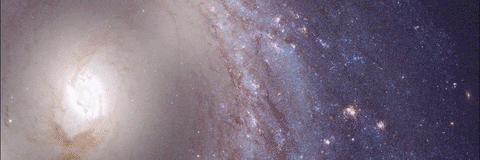
John: The first stars and galaxies are really the big mystery for us. We don’t know how that happened. We don’t know when it happened. We don’t know what those stars were like. We have a pretty good idea that they were very much larger than the sun and that they would burn out in a tremendous burst of glory in just a few million years.
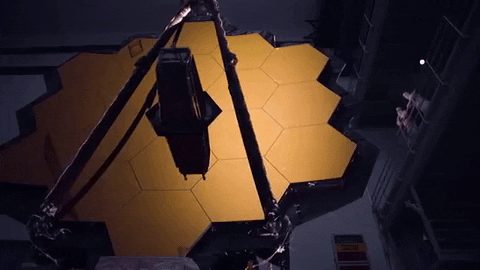
Amber: We also want to watch how galaxies grow and change over time. We have questions like how galaxies merge, how black holes form and how gas inflows and outflows affect galaxy evolution. But we’re really missing a key piece of the puzzle, which is how galaxies got their start.
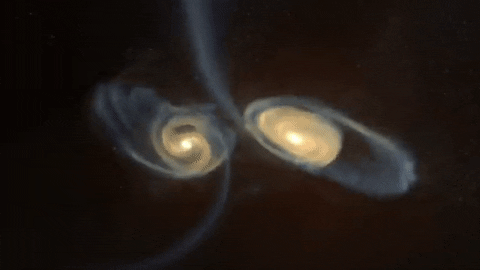
John: Astronomy is one of the most observationally based sciences we’ve ever had. Everything we know about the sky has been a surprise. The ancients knew about the stars, but they didn’t know they were far away. They didn’t know they were like the Sun. Eventually we found that our own galaxy is one of hundreds of billions of galaxies and that the Universe is actually very old, but not infinitely old. So that was a big surprise too. Einstein thought, of course the Universe must have an infinite age, without a starting point. Well, he was wrong! Our intuition has just been wrong almost all the time. We’re pretty confident that we don’t know what we’re going to find.
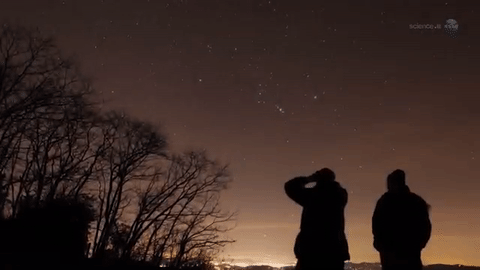
Amber: As an astronomer one of the most exciting things about working on a telescope like this is the prospect of what it will tell us that we haven’t even thought of yet. We have all these really detailed science questions that we’ll ask, that we know to ask, and that we’ll answer. And in a sense that is what science is all about… in answering the questions we come up with more questions. There’s this almost infinite supply of questions, of things that we have to learn. So that’s why we build telescopes to get to this fundamental part of who we are as human beings. We’re explorers, and we want to learn about what our Universe is like.
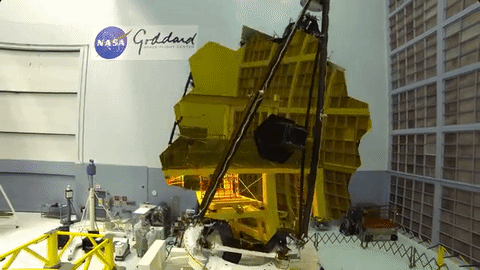
Webb will be the world’s premier space science observatory. It will solve mysteries in our solar system, look beyond to distant worlds around other stars and probe the mysterious structures and origins of our universe – including our place in it. Webb is an international project we’re leading with our partners, ESA (European Space Agency) and the Canadian Space Agency.
To learn more about our James Webb Space Telescope, visit the website, or follow the mission on Facebook, Twitter and Instagram.
Make sure to follow us on Tumblr for your regular dose of space: http://nasa.tumblr.com.
996 notes
·
View notes
Photo
Love this blog, lots of neat science stuff. Also check out her sticker shop!!!! They look so cool!!






Starry Greetings!
This week’s comic: Spaghettification
https://www.youtube.com/watch?v=OGn_w-3pjMc
http://science.howstuffworks.com/science-vs-myth/what-if/what-if-fell-into-black-hole2.htm
3K notes
·
View notes
Photo

Got a question about black holes? Let’s get to the bottom of these odd phenomena. Ask our black hole expert anything!
Black holes are mystifying yet terrifying cosmic phenomena. Unfortunately, people have a lot of ideas about them that are more science fiction than science. Don’t worry! Our black hole expert, Jeremy Schnittman, will be answering your your questions in an Answer Time session on Wednesday, October 2 from 3pm - 4 pm ET here on NASA’s Tumblr! Make sure to ask your question now by visiting http://nasa.tumblr.com/ask!
Jeremy joined the Astrophysics Science Division at our Goddard Space Flight Center in 2010 following postdoctoral fellowships at the University of Maryland and Johns Hopkins University. His research interests include theoretical and computational modeling of black hole accretion flows, X-ray polarimetry, black hole binaries, gravitational wave sources, gravitational microlensing, dark matter annihilation, planetary dynamics, resonance dynamics and exoplanet atmospheres. He has been described as a “general-purpose astrophysics theorist,” which he regards as quite a compliment.
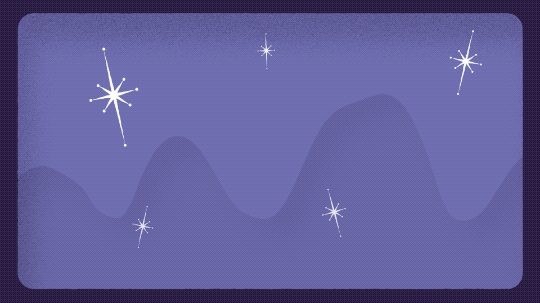
Fun Fact: The computer code Jeremy used to make the black hole animations we featured last week is called “Pandurata,” after a species of black orchid from Sumatra. The name pays homage to the laser fusion lab at the University of Rochester where Jeremy worked as a high school student and wrote his first computer code, “Buttercup.” All the simulation codes at the lab are named after flowers.
Make sure to follow us on Tumblr for your regular dose of space: http://nasa.tumblr.com
6K notes
·
View notes
Text
Water detected on an exoplanet located in its star's habitable zone
Ever since the discovery of the first exoplanet in the 1990s, astronomers have made steady progress towards finding and probing planets located in the habitable zone of their stars, where conditions can lead to the formation of liquid water and the proliferation of life.

Results from the Kepler satellite mission, which discovered nearly 2/3 of all known exoplanets to date, indicate that 5 to 20% of Earths and super-Earths are located in the habitable zone of their stars. However, despite this abundance, probing the conditions and atmospheric properties on any of these habitable zone planets is extremely difficult and has remained elusive… until now.
Keep reading
67 notes
·
View notes
